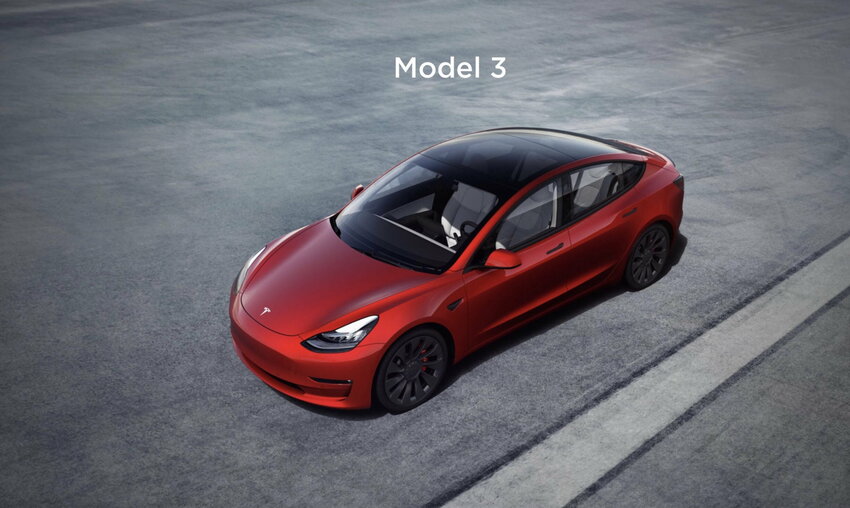 (Tesla sees largest increase in fuel economy thanks to introduction of Model 3 in model year 2017; credit: Tesla)
(Tesla sees largest increase in fuel economy thanks to introduction of Model 3 in model year 2017; credit: Tesla)CO2 emissions from all new vehicles in model year 2019 rose slightly from the record low achieved in model year 2018; though all vehicle types are at or near record CO2 emissions, purchasing trends towards SUVs and pickups have offset some of the fleetwide benefits, according to a new report from the EPA.
Preliminary data suggests improvements will return in model year 2020.
Since 2004, emissions have decreased 23% and fuel economy has increased 29%. Over that time, emissions and fuel economy have improved in 12 out of 15 years, according to the report.
Innovation in the automobile industry has led to a wide array of technology available to manufacturers to achieve CO2 emissions, fuel economy, and performance goals.
Over the last five years, Mazda, General Motors and Ford all saw both an increase in the CO2 emission rates of new vehicles and a decrease in the fuel economy of those vehicles.
Kia achieved the largest reduction in CO2 emissions. Tesla and Kia saw the highest increase in fuel economy, followed by Honda and Hyundai.
For model year 2019 alone, Tesla’s all-electric fleet had by far the lowest tailpipe CO2 emissions and highest fuel economy of all large manufacturers. Tesla was followed by Honda and Hyundai. Fiat Chrysler Automobiles (FCA) had the highest new vehicle average CO2 emissions and lowest fuel economy of the large manufacturers in model year 2019, followed by GM and Ford.
All 14 large manufacturers achieved compliance with the GHG standards through model year 2019.